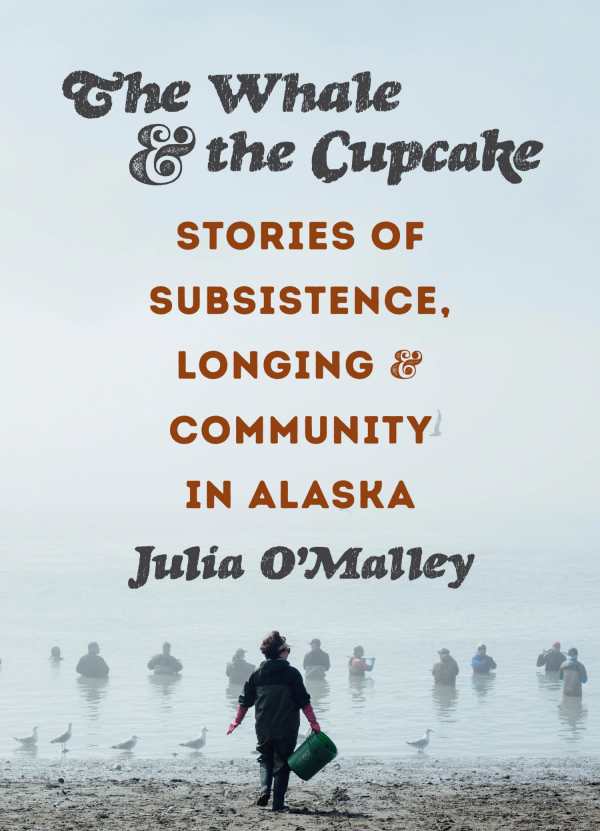The Whale and the Cupcake
Stories of Subsistence, Longing, and Community in Alaska
Julia O’Malley’s fascinating The Whale and the Cupcake emphasizes the respectful, adaptive qualities that make Alaskan cuisine unique.
The book, published in partnership with the Anchorage Museum, collects essays that originally appeared in publications including The New York Times and The Guardian, and so some themes recur, particularly the centrality of subsistence. Taken on their own, entries are hearty encapsulations of the challenges and revivals that particular Alaskan communities face when it comes to putting food on the table.
See the story of a luscious feast at Twitter Creek, a microfarm in revivalist Homer whose greenhouse produces vegetables and herbs past the technical growing season; or another set on the edges of ANWR, where the Gwich’in people, who’ve been on the land for thousands of years, advocate against oil exploration on behalf of the caribou herd they depend on for survival. O’Malley travels to the edge of Alaska for doughnuts on a shut-down military base, to the banks of the Kenai River to record the annual rush for sockeye salmon, and to Anchorage to learn how to make Spam Musabi.
O’Malley’s appreciation for the products and people she’s describing is palpable, whether she’s discussing inventive growing and cross-cultural innovation, traditional fermented whale meat—“inky black, shiny, and gelatinous … its taste is herbal, marine, and sour”—or the local products on which people depend, including gull eggs, seal oil, and berries. She is matter-of-fact about the impact of climate change on Alaskan ecologies and talks to Indigenous hunters with respect, recognizing that for them, too, “respect is the main thing.”
The text also captures Alaskan longing for the conveniences of the lower forty-eight, extending to a tantalizing soliloquy upon the opening of Anchorage’s first Krispy Kreme:
[T]he doughnuts … emerged into a shower of glaze. In a minute, they were in our hands, volcanically hot, sweet as love, light as air.
What comes across most is that Alaskan cuisine is adaptive—all about preservation, creativity, and surviving harsh landscapes. The Whale and the Cupcake is a thoughtful and enticing culinary text.
Reviewed by
Michelle Anne Schingler
Disclosure: This article is not an endorsement, but a review. The publisher of this book provided free copies of the book to have their book reviewed by a professional reviewer. No fee was paid by the publisher for this review. Foreword Reviews only recommends books that we love. Foreword Magazine, Inc. is disclosing this in accordance with the Federal Trade Commission’s 16 CFR, Part 255.

